Syncope in Dogs: Diagnosing and Treatment

By Evelyn Harcourt
mai 01, 2025 - 1 min read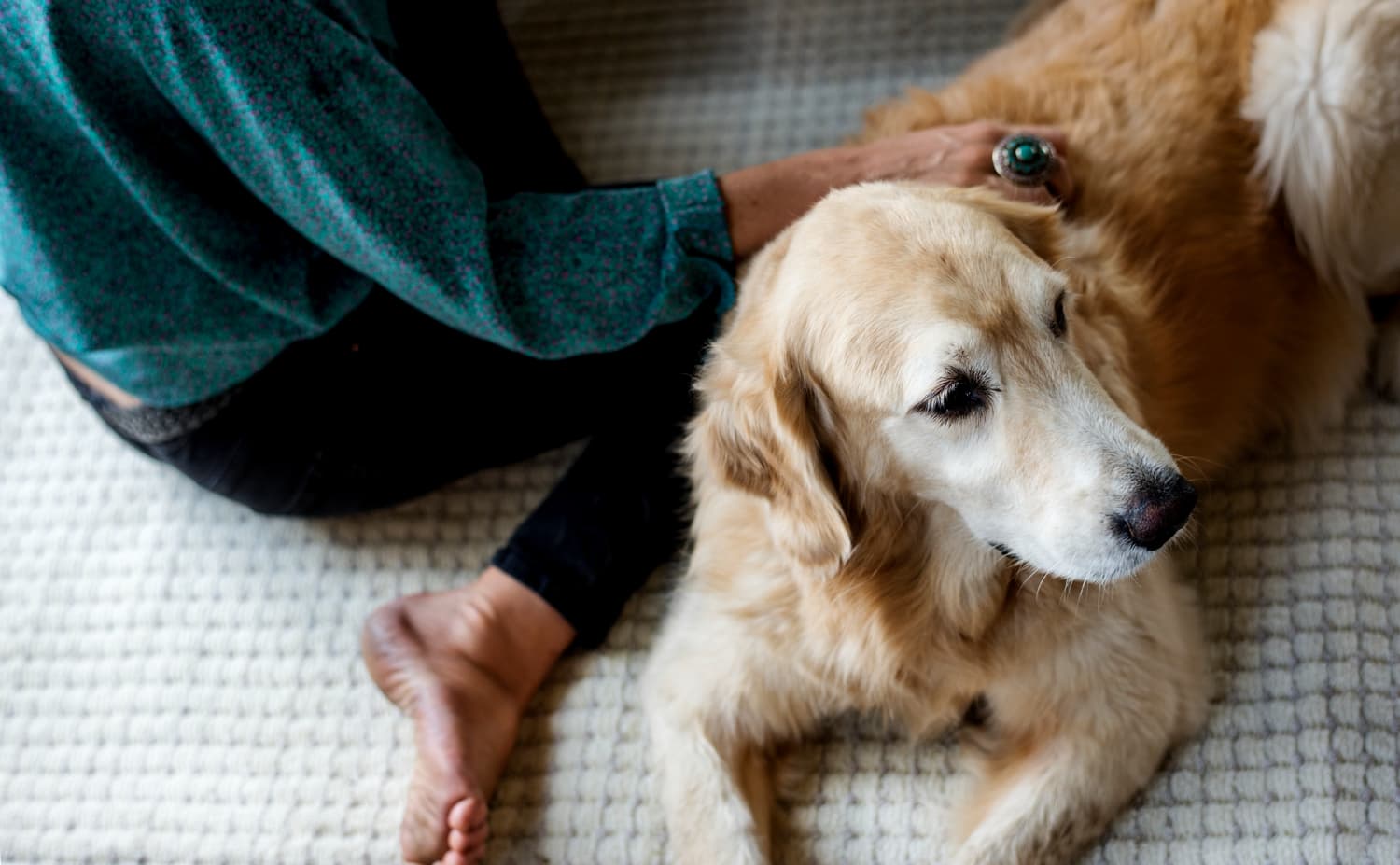
If your dog suddenly collapses, even for a few seconds, it can be very upsetting to witness. A fainting episode (syncope) won’t bother your dog much, and they should return to normal within seconds.
There can be many different causes of syncope, and it is important to investigate them. Diagnosis can be challenging at times, and your vet will work with you to determine the cause.
What is Syncope in Dogs?
Syncope in dogs is the medical term for ‘fainting’. When there is a lack of blood flow (and thus a lack of oxygen) to the brain, the dog will temporarily lose consciousness until the blood flow has been restored.
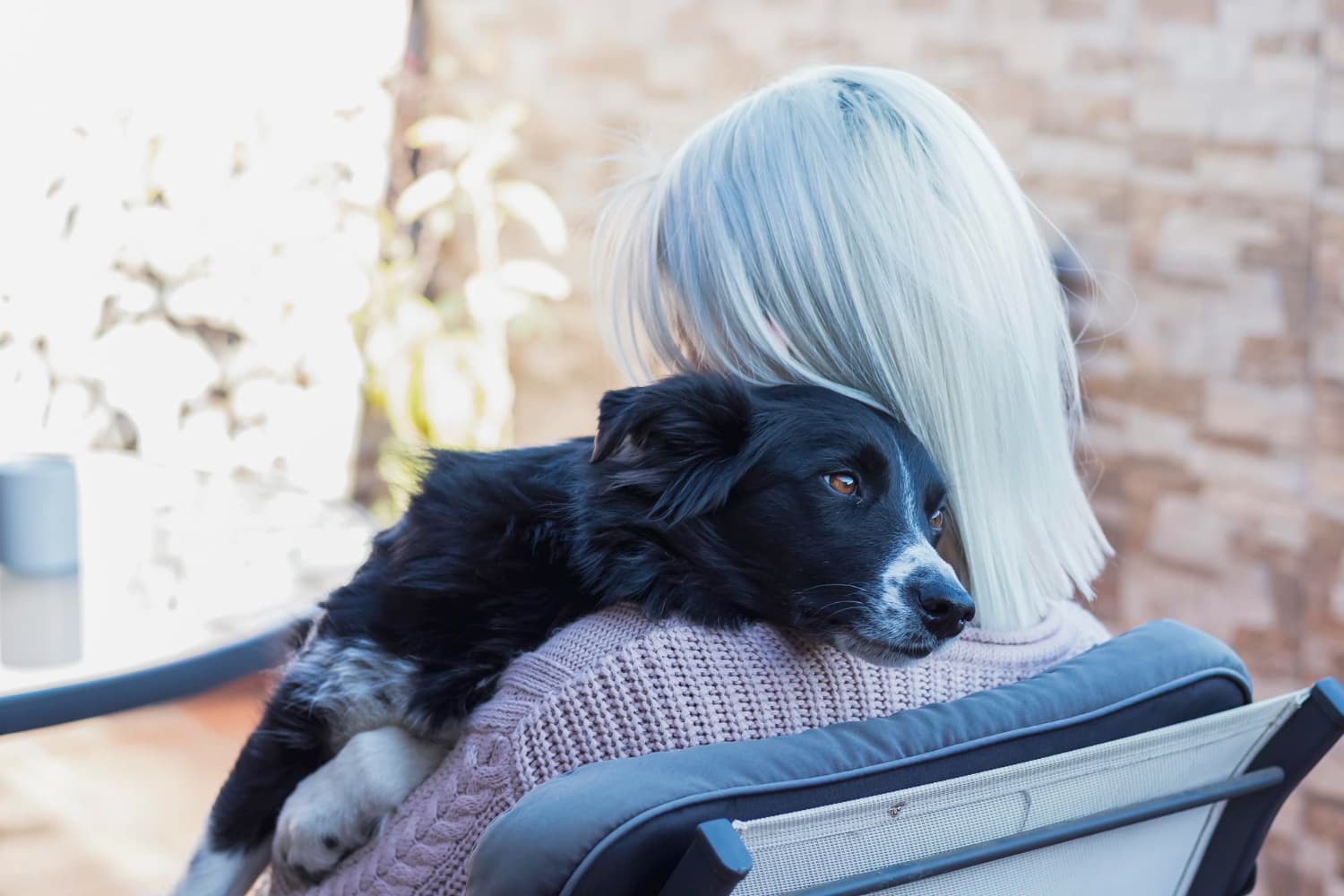
Difference Between a Seizure and Syncope
Though a seizure (fit) and episode of syncope (fainting) can look similar for some dogs, they’re unrelated events.
During a seizure, there is a sudden burst of electrical activity in the brain, causing signs such as falling over, muscular spasms, and vocalisation. There should not be a lack of oxygen in the brain, as there is with syncope.
Causes and Risk Factors for Syncope in Dogs
Syncope is a symptom that warrants investigation. Knowing what led to the event means determining whether the dog needs intervention or medical therapy.
Cardiac Causes
The heart pumps blood around the body, with the canine heart pumping 80 to 140 times a minute. However, when this mechanical pump malfunctions, the blood supply to the brain may be cut off, leading to lower oxygen levels and a syncopal event.
Heart disease would be one of the more common causes of syncope. In a younger patient, this is typically a congenital (one they are born with) heart disease. In adult dogs, we can deal with a chronic condition such as dilated cardiomyopathy or mitral valve disease.
Non-Cardiac Causes
The heart is not always involved in fainting episodes, and syncope can also occur due to, for example, low blood sugar, low blood pressure, anaemia (a low red blood cell count), or advanced lung disease.
Good preventative healthcare can help prevent anaemia in some cases, as a heavy parasite burden will sometimes cause it.
Breed Predispositions and Genetic Factors
Certain breeds are more prone to fainting, and this will be linked to their genes and sometimes also their conformation (body shape) and size.
Boxers and Dobermans are known for their propensity to develop heart diseases, which can be associated with arrhythmias (irregular heart beats) and collapse. Schnauzers and Westies can be prone to a heart disease called ‘sick sinus syndrome,’ which leads to a very slow heart rate (bradycardia) and pauses in the heartbeat.
Snub-nosed or brachycephalic breeds, such as Bulldogs and Shih Tzus, can have an exaggerated vagal response when they get overexcited or have a coughing fit, leading to syncope.
Age, Overall Health, and Lifestyle Influence
We see syncope more in older dogs; the older a dog gets, the more likely it is to develop chronic heart or lung disorders.
Those with underlying disorders, such as chronic anaemia or cancer, will also be more prone to syncope. Still, it happens in plenty of young dogs, so it should never be discounted due to age.
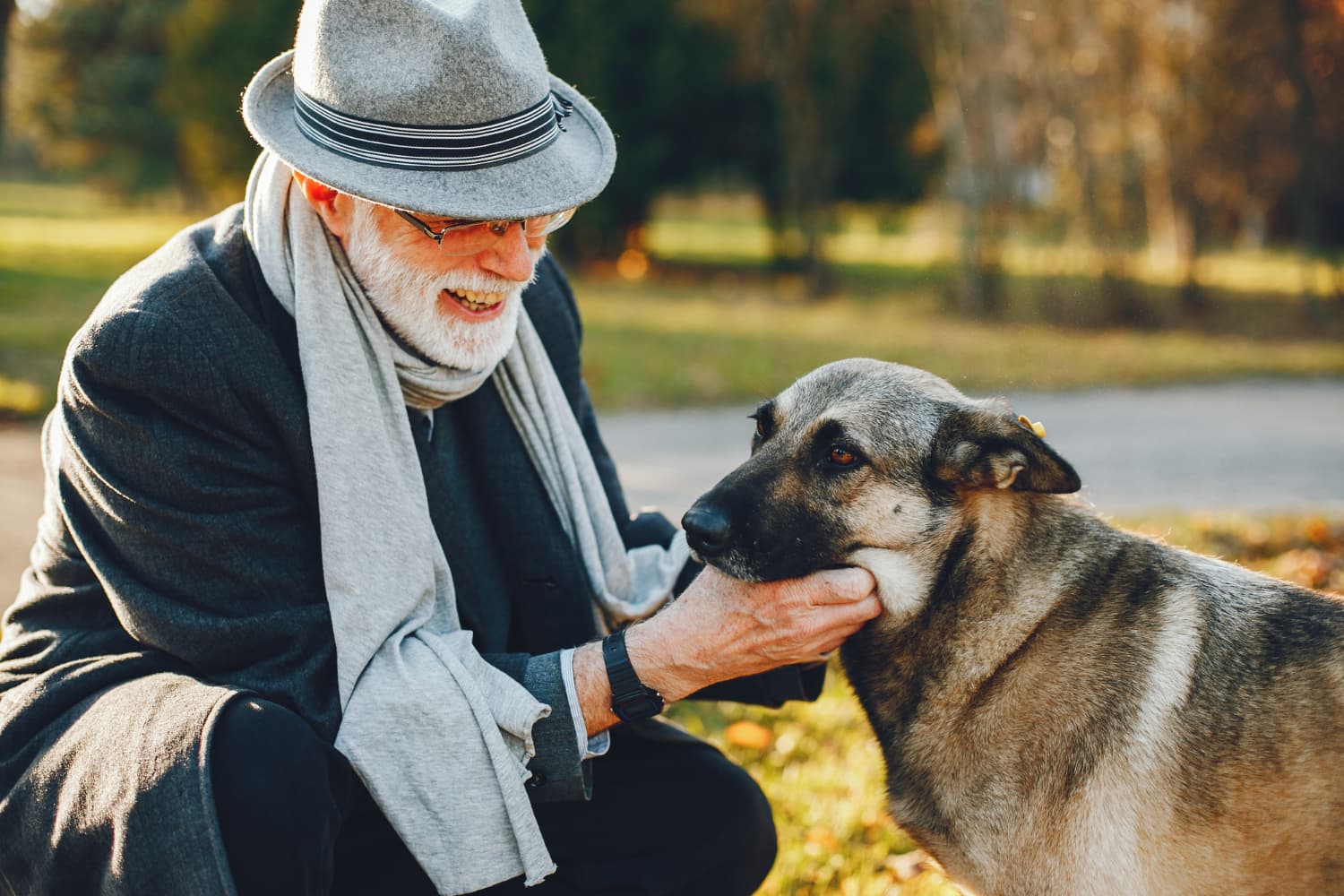
Signs and Symptoms of Syncope in Dogs
Syncope is a very sudden- and quite dramatic- loss of consciousness. Generally, it is very short-lived, and dogs return to normal shortly after.
Sudden Collapse or Wobbliness
A dog may be standing, walking, or running when it suddenly collapses. It loses all muscle tone and goes limp and floppy.
Brief Loss of Consciousness
The dog is unresponsive and will not open its eyes or look at you, even if you call its name or poke it. However, it will not be unconscious for long.
Rapid Recovery Upon Regaining Normal Blood Flow
Within a few moments, your dog will get up and continue doing what it had been doing, as though nothing had happened. After a scare like that, you may take a little longer than they do to feel normal again!
Dogs who have seizures often have a ‘post-ictal’ phase after, and they can seem disoriented or may be tired or hungry. This is not seen after syncope.
Possible Pre-Episode Indicators
Sometimes syncope happens directly after something specific your dog does, such as a coughing fit or getting overexcited. It can be helpful to notice patterns, when it comes to figuring out the cause of syncope.

Diagnosis for Syncope in Dogs
It is vital that we determine why a dog has fainted. Some patients will need therapy, and the sooner this is started, the better.
Physical Examination and Medical History
Your vet will consider your dog’s medical history and wants to know what the episode looked like, what your dog was doing before, and how long it was unresponsive.
They will perform a complete physical exam, focusing on the circulatory system and checking your dog’s capillary refill time, heart rate and rhythm, and femoral pulses.
Diagnostic Tests
Which tests are run will depend on your dog’s age and breed, and your vet’s suspicions. Some of the more common tests include an ECG, heart ultrasound, blood pressure measurement, and perhaps a Holter monitor (24-hour ECG).
Blood tests will also likely be run to check things like organ function and red blood cell levels.
Ruling Out Seizure Disorders
Your vet will review any videos of your events to rule out seizures. Keep in mind that seizures usually last longer than fainting episodes, and dogs may experience tremors, drooling, urinating or passing stool. We also expect the dog to act differently both before and after a fit.
Your vet should perform a neurological exam during the check-up to ensure everything is normal.
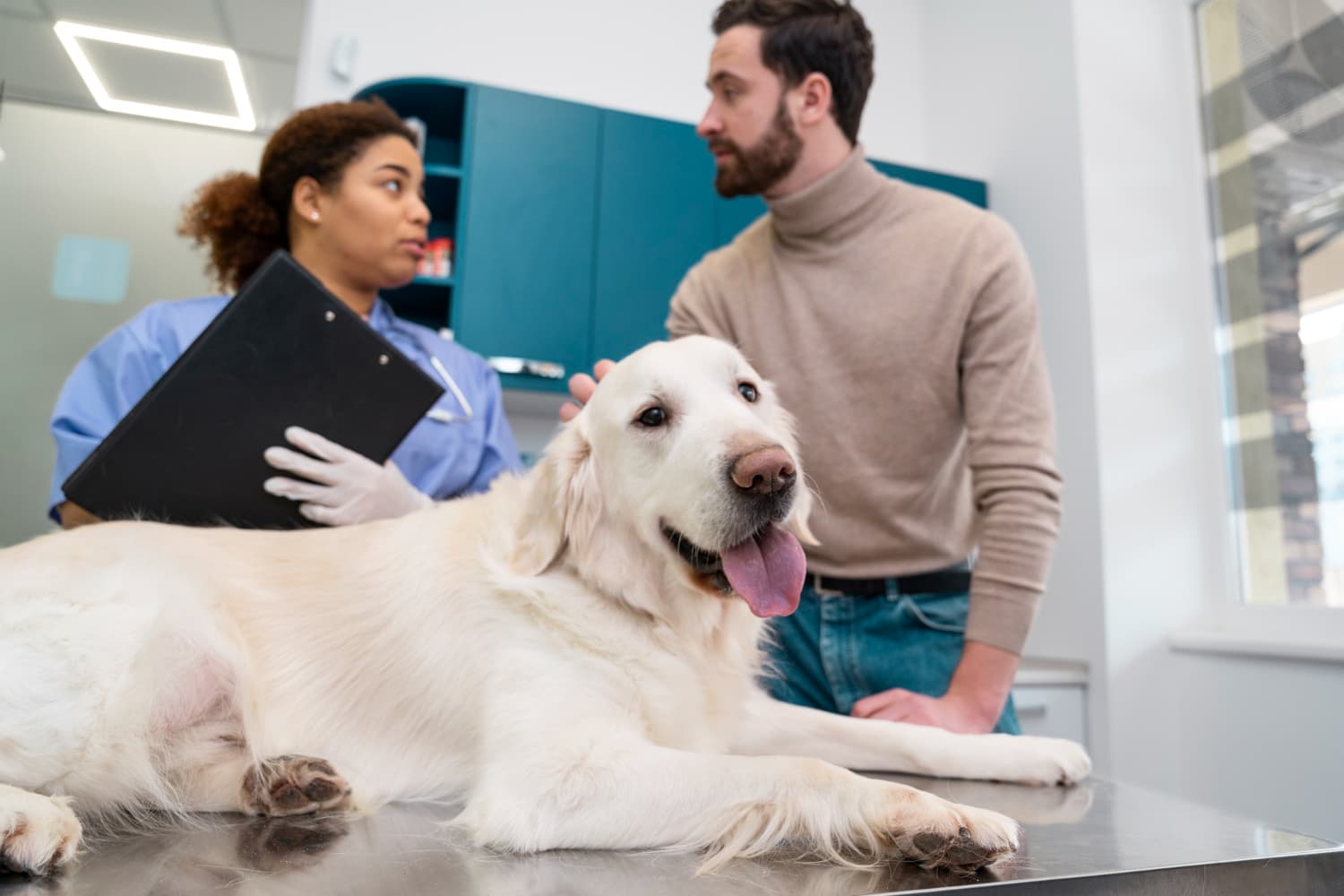
Treatment Options for Syncope in Dogs
Syncope is a symptom rather than a diagnosis. How your dog is treated will depend on the underlying cause of its syncope.
Addressing Underlying Heart Conditions
Any cardiac conditions present will need to be treated, and this may include the use of pacemakers or daily medication, such as ACE inhibitors and Pimobendan. Less commonly, surgery may be indicated.
Managing Metabolic Issues
A blood transfusion could be needed for those with severe anaemia. When the cause is low blood sugar, it may be determined that the dog needs more regular meals, or if it’s diabetic, its insulin dose might have to be adjusted.
Lifestyle Adjustments
Avoiding any triggers will be key. This can mean ensuring your dog does not overdo it when it comes to exercise, or is not allowed to get over-excited.
Brachycephalic dogs should be walked using body halters rather than neck collars to avoid overheating. We also want to avoid coughing or sneezing fits. We can help achieve this by not smoking around them and by keeping them in well-ventilated areas.
Prevention and Management for Syncope
The goal will be to avoid any syncopal episodes as much as possible.
Regular Check-Ups and Monitoring for High-Risk Breeds
If you own a dog that is genetically prone to cardiac or neurological disorders, especially if any of their family members are affected, you should have them checked regularly.
Depending on their family history, your vet may also advise specific health screening tests and cardiac imaging.
Consistent Feeding Schedule to Avoid Hypoglycemia
For those with conditions such as insulinoma (a tumour of the pancreas), owners will have to feed their dog more often, four to six times each day.
Diabetic dogs should only be given insulin with or after meals, and it should not be given if the dog is vomiting or off its food.
Proper Exercise Routine
For some dogs, syncope is linked to exercise, and they should follow an exercise plan set out by their vet.
Knowing When to Seek Immediate Veterinary Attention
You should see a vet right away if your dog has never fainted before, has multiple episodes in a short amount of time, seems weak or disoriented upon waking, has pale gums, or has laboured breathing. In any of these scenarios, you should head straight to the emergency vet.
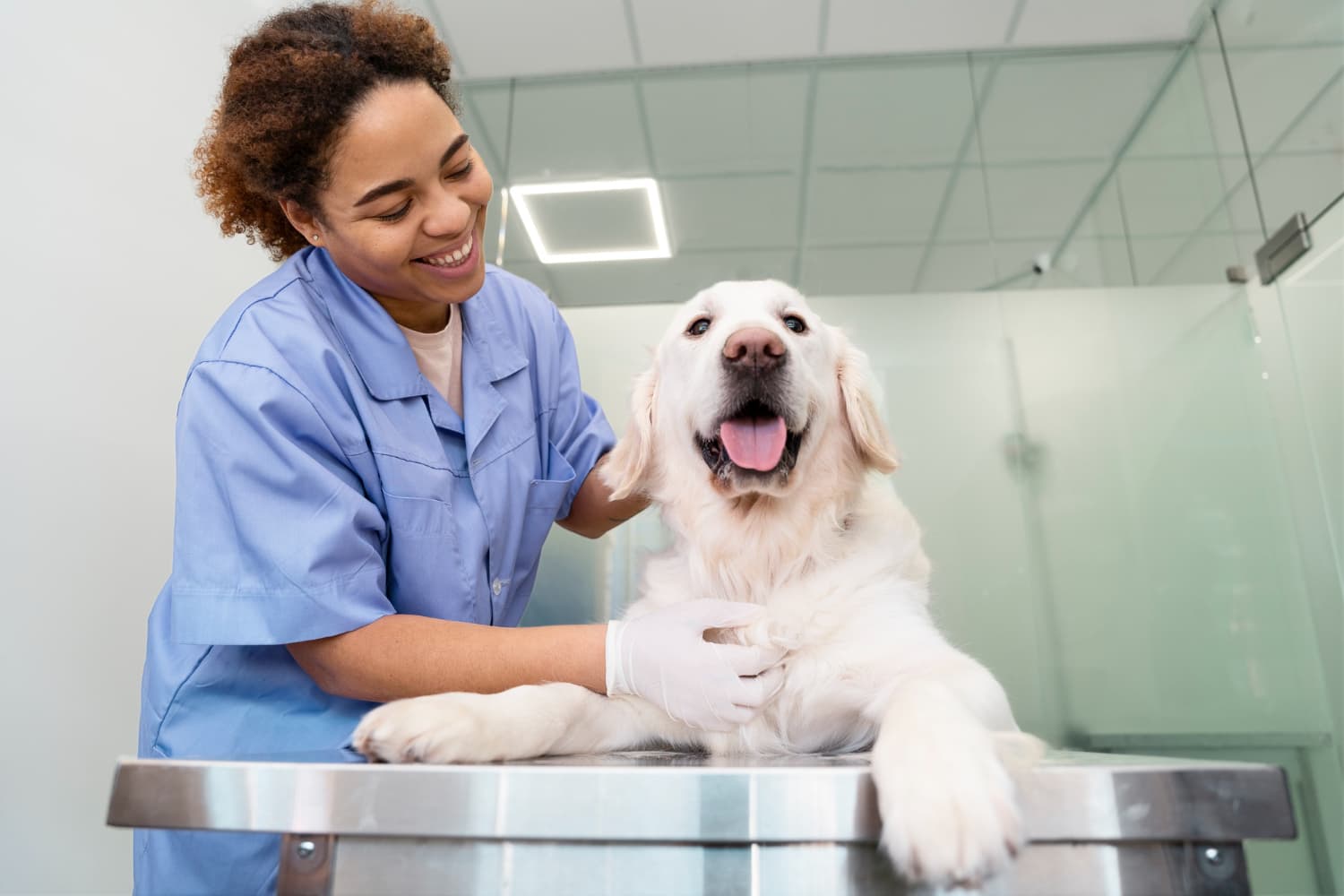
Recovery and Prognosis for Syncope in Dogs
Each patient is an individual, and the prognosis for syncope is highly variable. Conditions like exercise-induced collapse and vasovagal syncope carry an excellent prognosis, while severe arrhythmias and congestive heart failure have a much poorer outlook.
Potential for Recurring Episodes
Oftentimes, a dog who has fainted once will faint again. This can be because they have a genetic predisposition or because they’re dealing with an underlying medical disorder.
Importance of Ongoing Evaluations and Adjustments to Treatment
Once your dog has experienced a syncopal episode, you and your vet will likely want to have it regularly checked to ensure it is coping well and any medical issues are under control.
Many conditions that cause syncope are progressive and require lifelong management. Treatment plans typically need to be adjusted with time for conditions like heart disease.
Learn More About Syncope in Dogs
You are welcome to contact us if you’re concerned your dog has had a syncopal episode, or you need to discuss this symptom more in detail. We’re always here to help; any time, day or night.
Continue reading

Cat Tail Shaking: Is it an Emergency?
Learn whether your cat's tail shaking is normal, a warning, or urgent.
Read article
Eclampsia in Dogs: Symptoms, Causes and Treatments
Spot eclampsia fast, symptoms, causes, and vet treatments to protect mum and pups.
Read article
Dystocia in Dogs: Symptoms and Treatment
Dystocia in dogs: signs of trouble in labour, vet treatment, and when to call.
Read article